Learning a new language before traveling doesn’t have to feel like cramming for finals—modern apps have transformed the experience into something that fits naturally into your daily routine. Whether you’re planning a weekend getaway to Montreal or a month-long adventure through Southeast Asia, having basic communication skills can turn awkward pointing sessions into genuine conversations with locals.
The key lies in choosing apps that match your learning style and travel timeline. Here are 16 language learning apps that can prepare you for meaningful interactions abroad.
Duolingo
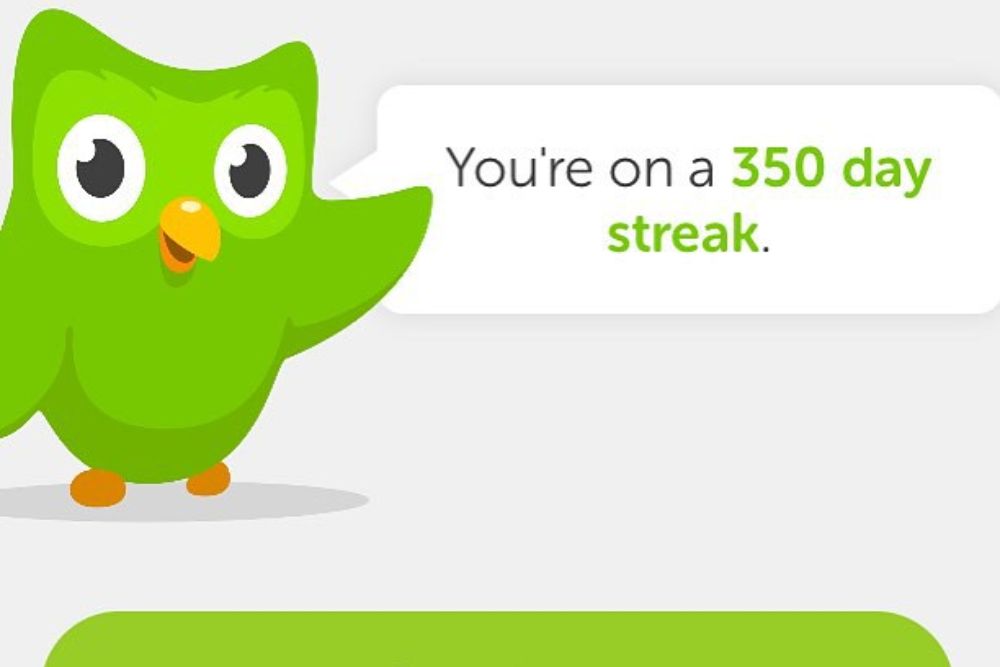
This green owl has become the friendly face of language learning for millions worldwide. Duolingo breaks lessons into bite-sized chunks that feel more like playing a mobile game than studying grammar tables. The app’s streak system keeps you motivated through gentle reminders, while its diverse range of languages covers everything from Spanish basics to constructed languages like High Valyrian.
Most travelers find that spending 10-15 minutes daily for a few weeks before departure gives them enough foundation to navigate restaurants, ask for directions, and exchange pleasantries with locals.
Babbel
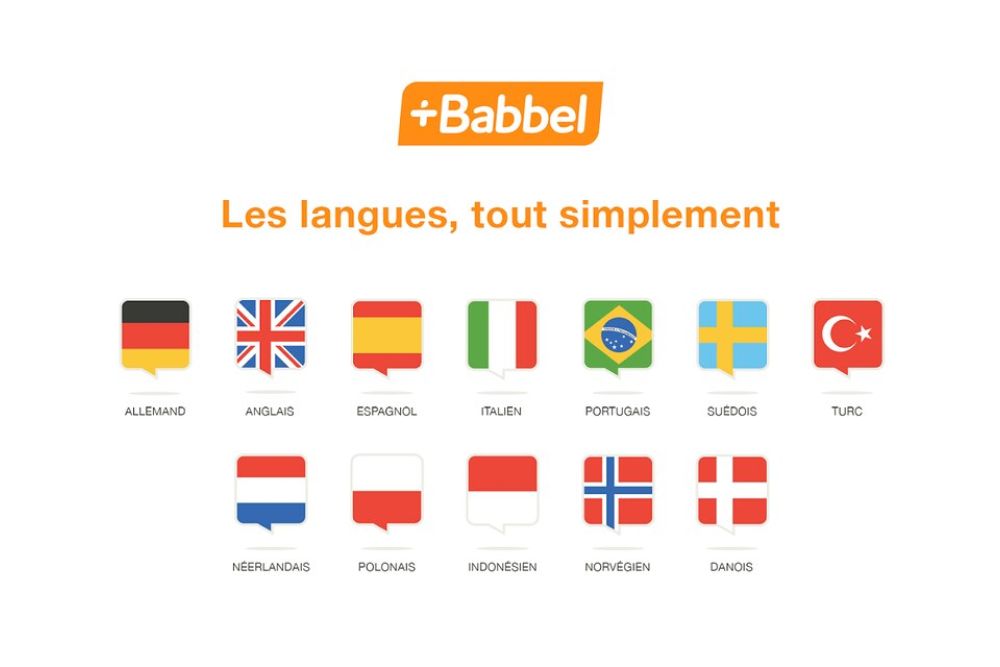
Unlike apps that gamify everything, Babbel focuses on practical conversations you’ll actually use while traveling. The platform emphasizes real-world scenarios like booking hotel rooms, ordering food, and handling transportation mishaps. Babbel’s lessons feel more structured than some competitors, with clear explanations of grammar rules that help you understand why phrases work rather than just memorizing them.
The subscription cost reflects its premium approach, but the practical focus makes it particularly valuable for business travelers or anyone planning extended stays.
Like Travel Pug’s content? Follow us on MSN.
Rosetta Stone
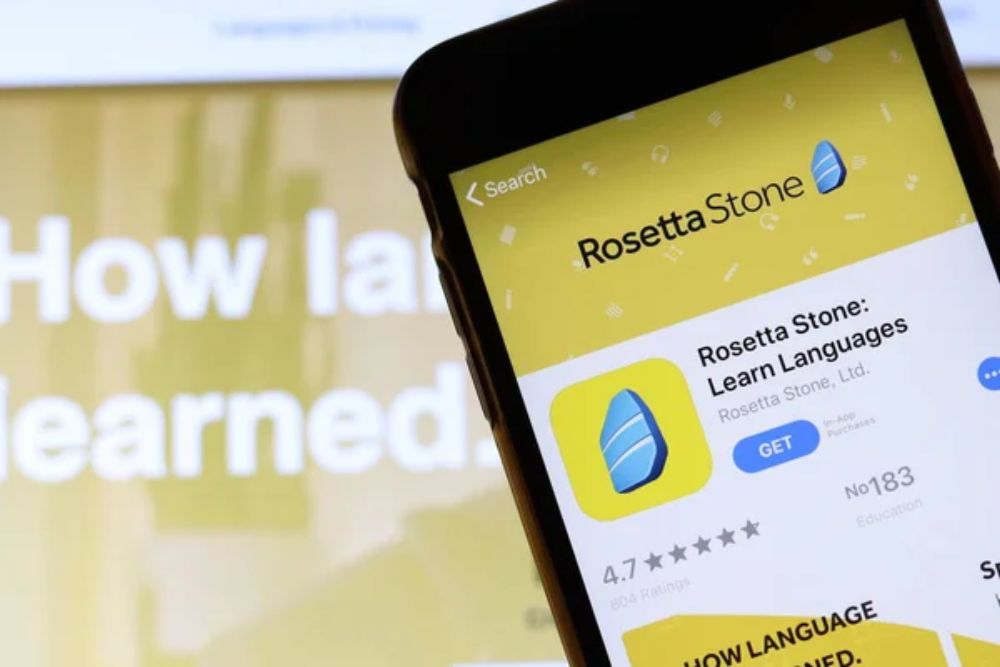
The grandfather of language learning software has adapted well to the mobile age while maintaining its immersive approach. Rosetta Stone avoids translation exercises entirely, instead teaching through images and context clues that mirror how children naturally acquire language.
This method takes longer to show results, but creates a deeper understanding that proves invaluable when locals speak faster than your phrasebook prepared you for. The app works particularly well for visual learners who struggle with traditional textbook approaches.
Busuu
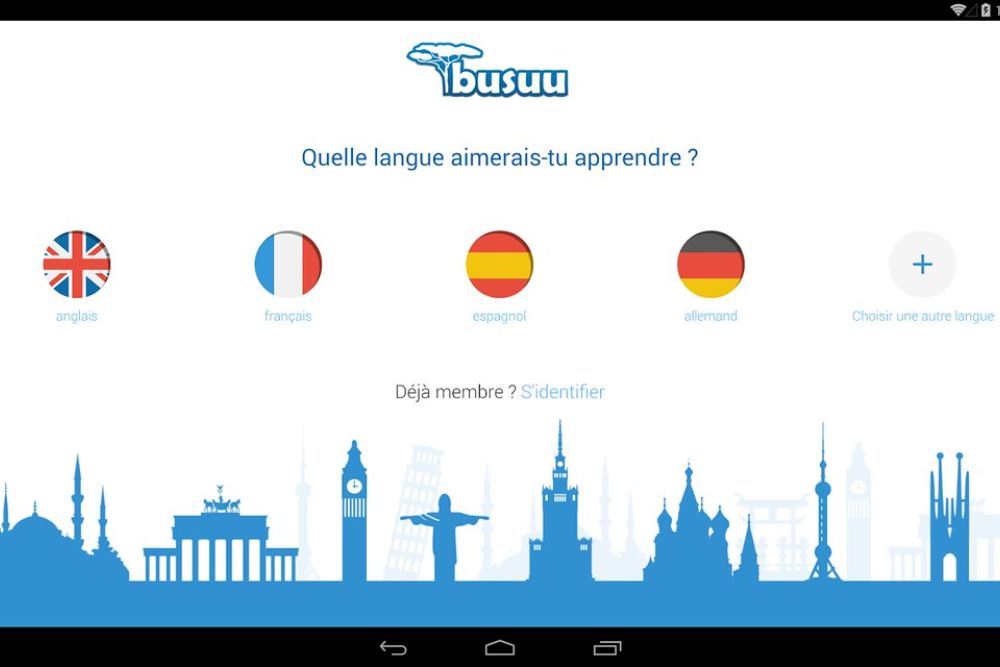
This European-based platform combines AI-powered lessons with feedback from native speakers around the world. Busuu’s community aspect sets it apart—real people review your pronunciation and writing exercises, offering corrections and encouragement that automated systems can’t match.
The app’s study plan feature adapts to your schedule and travel timeline, ramping up intensity as your departure date approaches. Premium subscribers get access to offline lessons, which proves essential when your flight’s Wi-Fi decides to take a vacation.
Memrise
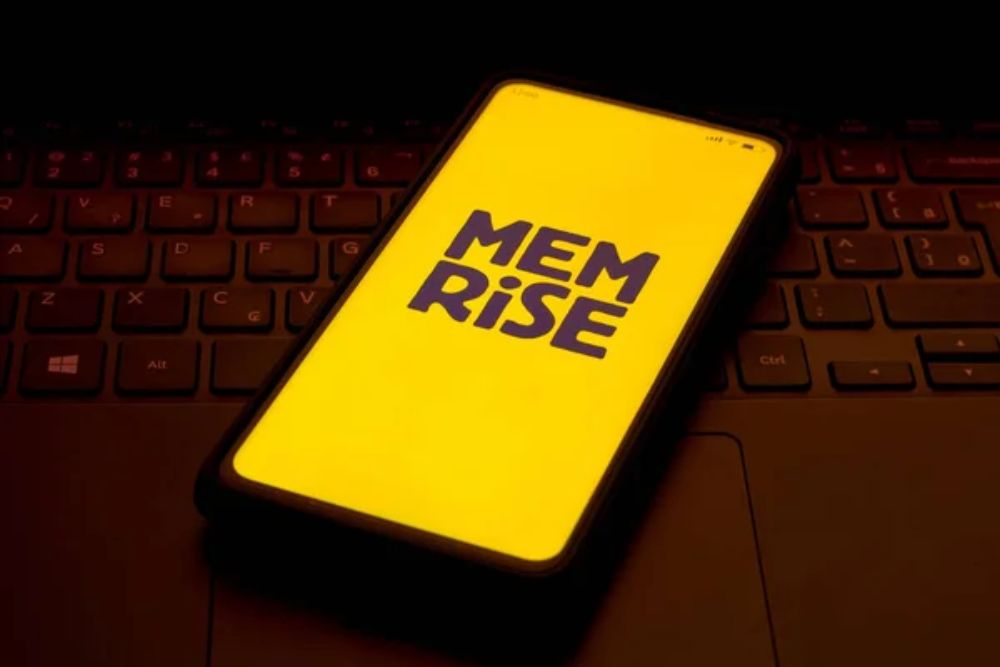
Built around the science of spaced repetition, Memrise helps vocabulary stick in your long-term memory through strategic review sessions. The app uses video clips of native speakers in real environments rather than studio recordings, exposing learners to natural pronunciation and regional accents they’ll encounter while traveling.
Memrise’s user-generated content includes specialized courses for specific destinations, like ‘Essential Japanese for Tokyo’ or ‘Market Spanish for Guatemala.’ The variety keeps lessons fresh while building practical vocabulary you won’t find in traditional courses.
Like Travel Pug’s content? Follow us on MSN.
HelloTalk
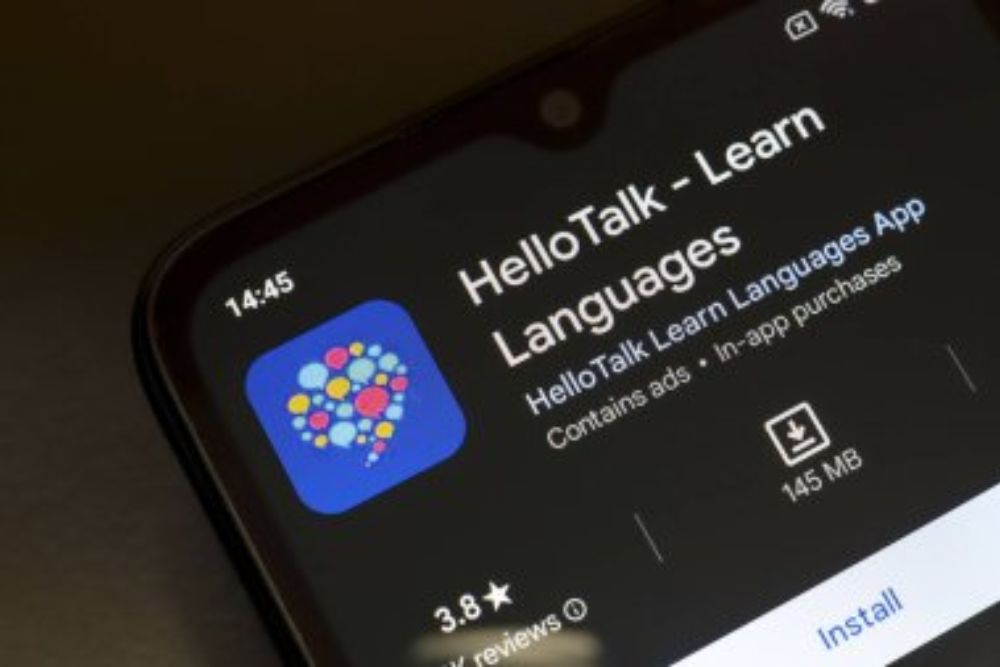
This unique app transforms language learning into social networking by connecting you directly with native speakers who want to study your language. HelloTalk creates language exchange partnerships where you help someone practice English while they guide you through their native tongue.
The built-in translation and correction tools make conversations flow smoothly even when your skills hit their limits. Many users develop genuine friendships through the platform, sometimes meeting their language partners in person during their travels.
Drops
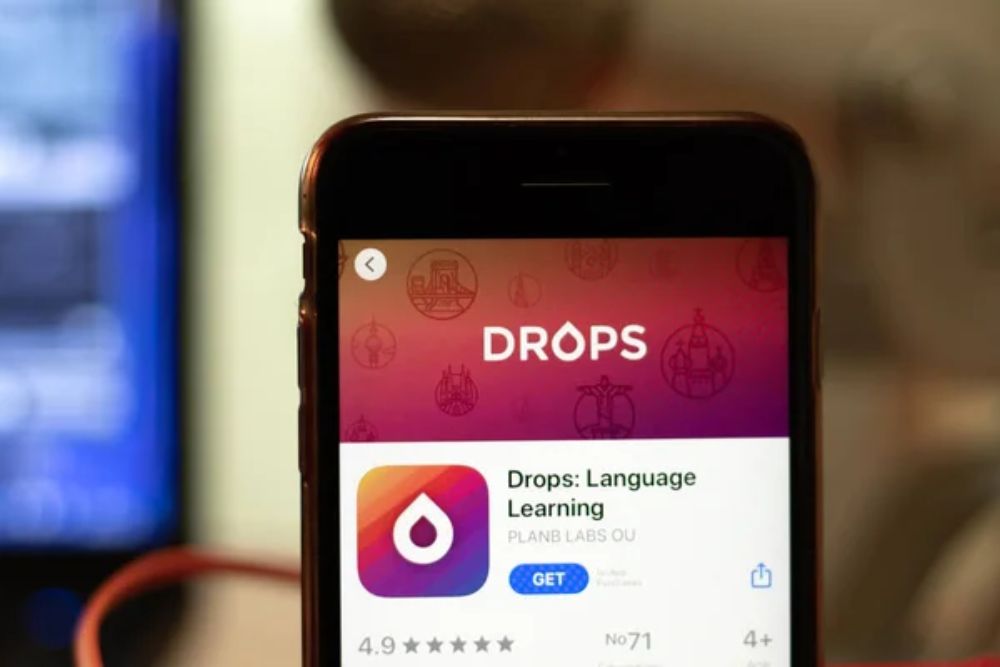
Visual learners gravitate toward Drops’ illustration-heavy approach that associates new vocabulary with striking artwork rather than text translations. The app limits free users to five minutes per day, which sounds restrictive but actually prevents mental fatigue that kills motivation in longer study sessions.
Drops cover practical travel vocabularies like food items, transportation terms, and emergency phrases through quick-fire games that feel more like entertainment than education. The premium version removes time limits and adds pronunciation practice with speech recognition technology.
Mondly

Mondly’s AR and VR features create immersive experiences that simulate real travel conversations. The app’s chatbot uses AI to generate realistic dialogues, adapting to your responses and introducing new vocabulary naturally within context.
Mondly covers 33 languages with consistent quality across its entire catalog, making it reliable for less common destinations where other apps might skimp on content. The daily lessons build systematically toward practical communication goals rather than academic milestones.
Like Travel Pug’s content? Follow us on MSN.
Lingvist
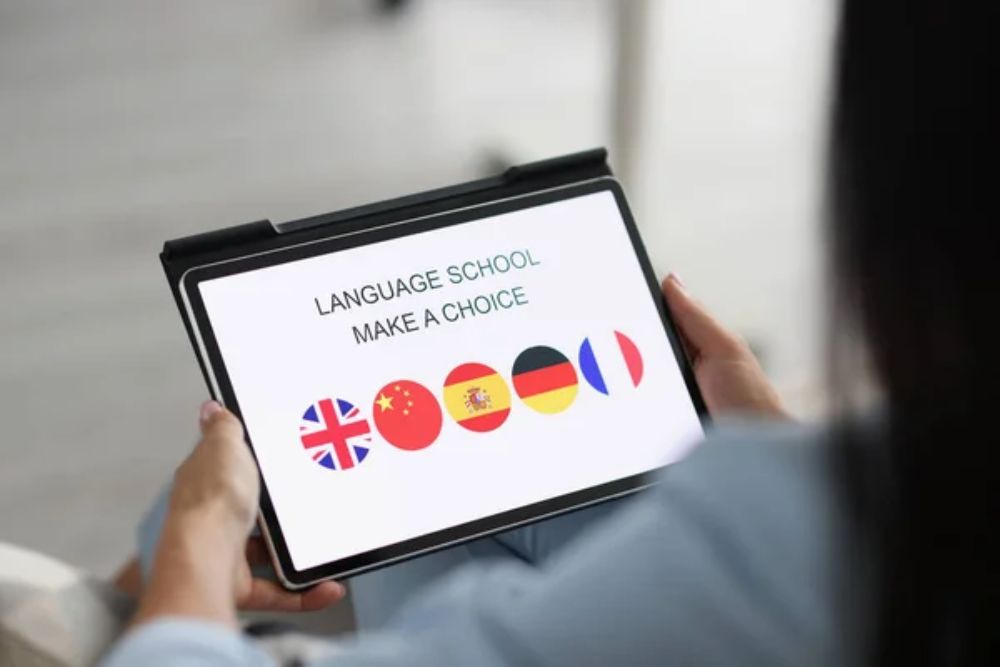
This Estonian startup uses AI to personalize your learning path based on the vocabulary you already know and the words you struggle with most. Lingvist adapts its algorithm continuously, spending more time on problem areas while quickly advancing through concepts you grasp easily.
The app’s focus on high-frequency words means you’ll learn the most useful vocabulary first—exactly what time-pressed travelers need. Advanced learners appreciate Lingvist’s sophisticated approach to grammar and its ability to challenge users without overwhelming them.
Tandem
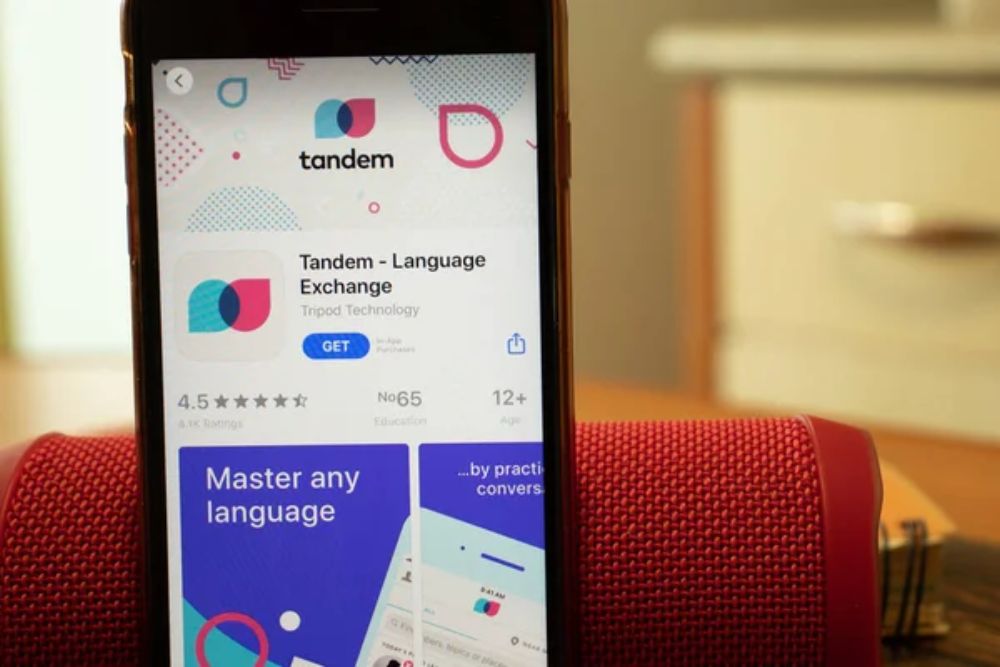
Similar to HelloTalk, Tandem connects language learners with native speakers for real-time practice sessions. The app’s video calling feature lets you practice face-to-face conversations that prepare you for actual travel interactions better than any automated system could.
Tandem’s verification process and community guidelines create a safer environment than random chat platforms, though users should still exercise normal online safety precautions. Many travelers use Tandem to connect with locals before arriving at their destination, sometimes arranging meetups or getting insider travel tips.
Pimsleur
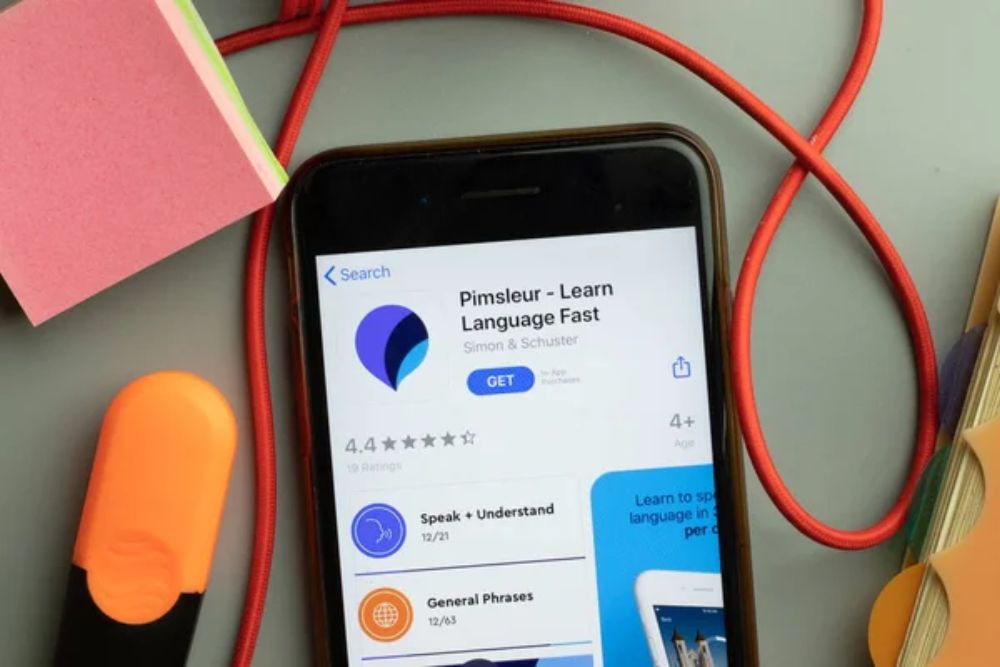
This audio-focused method has helped diplomats and business travelers for decades, emphasizing pronunciation and listening comprehension over reading and writing. Pimsleur’s 30-minute lessons fit perfectly into commutes or workout routines, building conversational skills through graduated interval recall that strengthens memory retention.
The method works particularly well for auditory learners who struggle with visual-heavy apps, though the subscription price reflects its premium positioning. Many users find Pimsleur’s approach creates more natural-sounding pronunciation than apps that rely primarily on text.
Like Travel Pug’s content? Follow us on MSN.
FluentU

FluentU transforms real-world videos—movie clips, music videos, news broadcasts, and commercials—into language learning experiences with interactive subtitles and vocabulary lists. This approach exposes learners to authentic language use rather than the sanitized dialogue found in most educational materials.
The platform helps bridge the gap between classroom learning and real-world communication, preparing travelers for the rapid speech and cultural references they’ll encounter abroad. FluentU works best as a supplement to more structured learning apps rather than a standalone solution.
Speechling
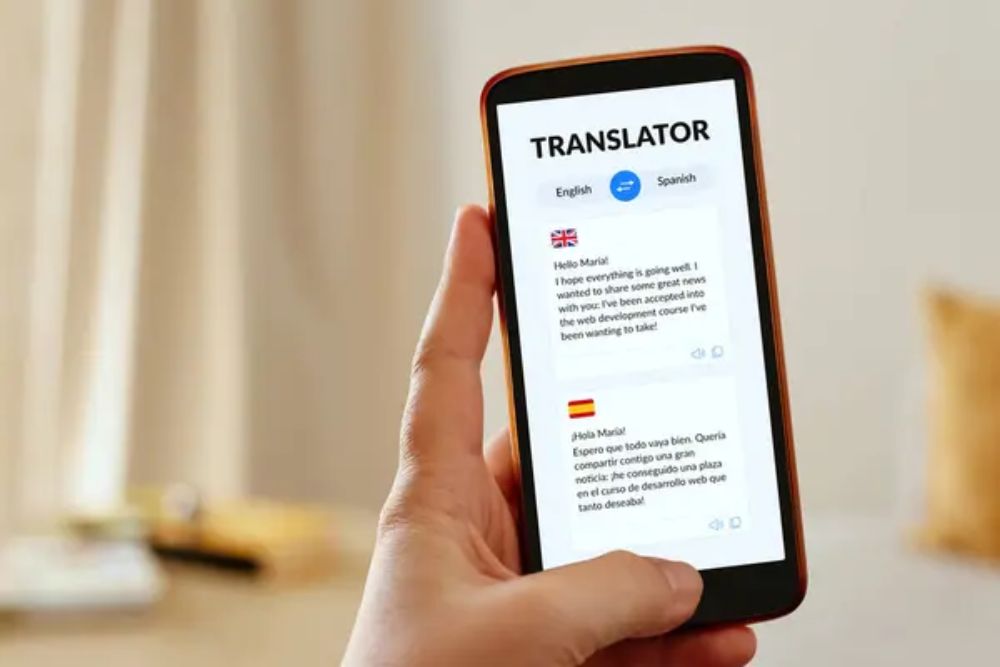
Focused specifically on pronunciation and speaking skills, Speechling provides feedback from human coaches on your recorded speech attempts. The app’s library includes thousands of phrases and sentences for different proficiency levels, with coaches typically responding within 24 hours with detailed correction notes.
This human element proves invaluable for travelers who want to be understood clearly rather than just recognized as attempting the local language. Speechling’s free tier offers limited coaching feedback, while premium subscribers get unlimited corrections and personalized lesson recommendations.
Lingoda
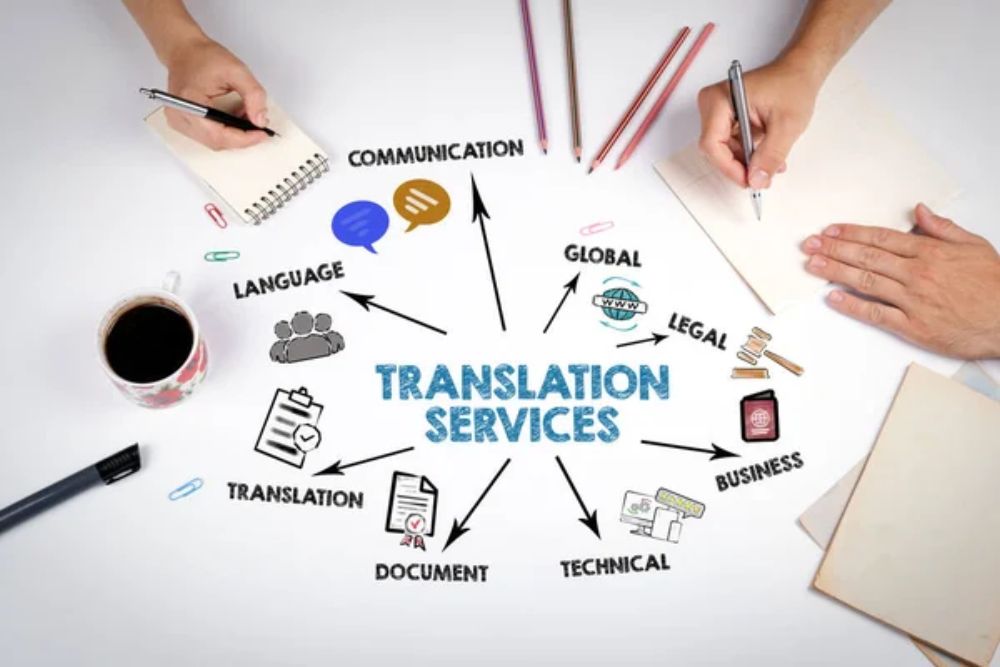
This app connects learners with certified native-speaking teachers for structured group classes or private lessons via video chat. Lingoda follows established language frameworks like CEFR, making it ideal for travelers who want formal certification of their progress or need to meet specific proficiency requirements.
The scheduling flexibility accommodates busy travel preparation timelines, while small class sizes ensure personalized attention. Though more expensive than self-study apps, Lingoda provides accountability and expert guidance that independent learners often lack.
Like Travel Pug’s content? Follow us on MSN.
Clozemaster
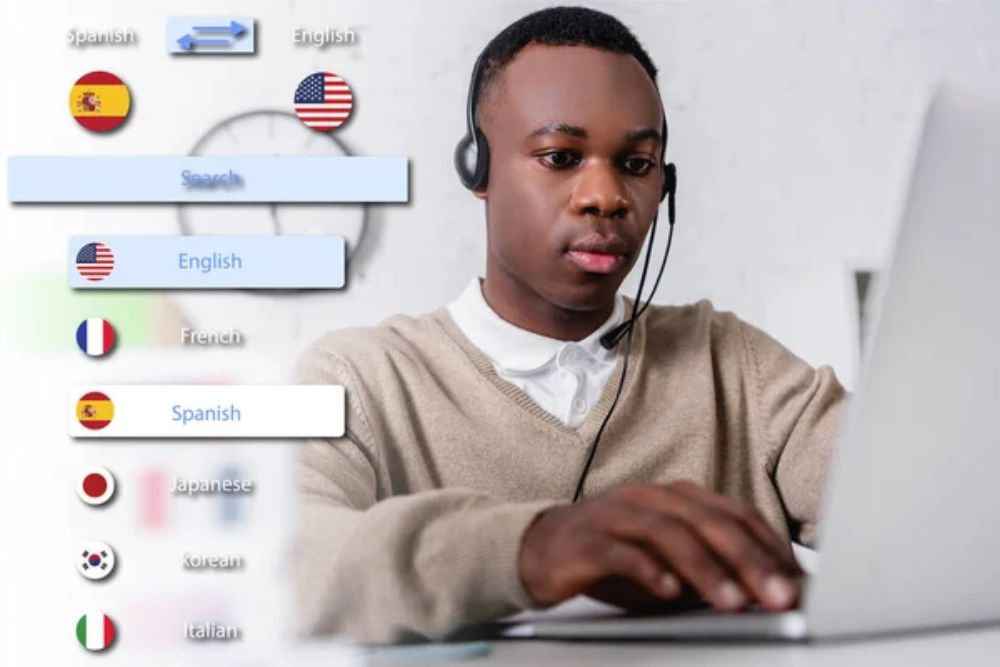
Designed for intermediate and advanced learners, Clozemaster uses context-based learning through fill-in-the-blank sentences drawn from real text sources. The app gamifies vocabulary acquisition with point systems and leaderboards while exposing users to authentic sentence structures and colloquialisms.
Clozemaster works particularly well for travelers who have basic conversational skills but want to understand more nuanced communication and cultural references. The free version offers substantial content, while premium features include detailed statistics and pronunciation audio.
LingQ
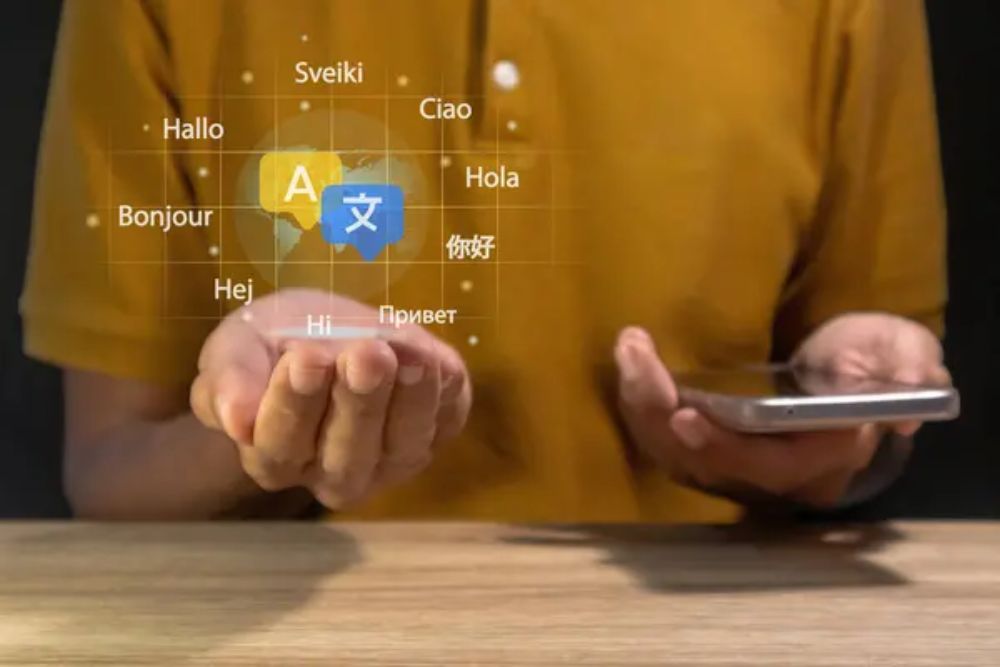
LingQ’s approach centers on reading and listening to authentic content while building vocabulary through context rather than memorization drills. Users import articles, podcasts, and videos in their target language, with the app tracking new words and phrases for later review.
This method appeals to travelers who want to understand cultural content like local news, blogs, or entertainment rather than just tourist-focused conversations. LingQ’s extensive library covers dozens of languages at various proficiency levels, though the interface can feel overwhelming for complete beginners.
Making Language Learning Stick

The most successful travelers don’t rely on a single app but combine different tools to match their learning preferences and travel timelines. Starting your language preparation at least a month before departure gives you time to build basic conversational confidence, while last-minute learners benefit most from apps focused on essential phrases and pronunciation.
The key lies in consistent daily practice rather than marathon study sessions that lead to burnout before you even pack your bags.
Like Travel Pug’s content? Follow us on MSN.
More from Travel Pug

- 20 Best Beach Towns in the Carolinas
- 13 Destinations Where Tourists Regularly Regret Their Trip
- 20 Things You Actually Get in First Class
- 20 Small Airports With Aviation Museums
- 20 Places in the U.S. That Are Perfect for a Reset Trip
Like Travel Pug’s content? Follow us on MSN.
